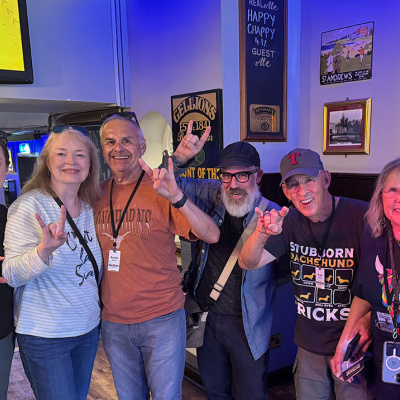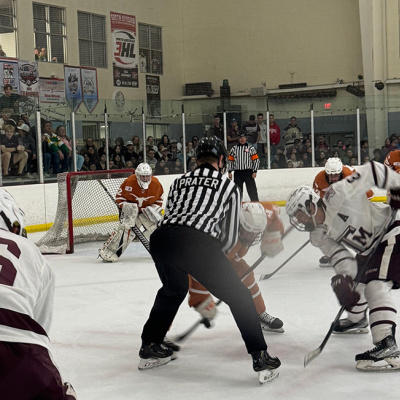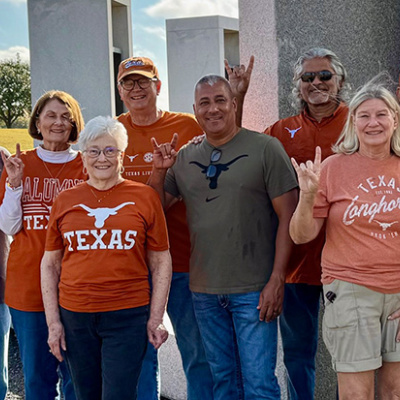The Stars at Night...
[caption id="attachment_2685" align="alignright" width="421" caption="Gary Norad"]

[/caption]
Ever since childhood, I’ve been fascinated with galaxies and stars. One Christmas, I asked Santa for a 14-inch telescope, which I planned to set up on the roof of our house. (Santa, in his wisdom, got me binoculars instead.) At night, my grandfather would stand in the backyard with me and point out the constellations until I had them memorized. I tacked a poster of the moon to my bedroom wall, and by 8 I was telling my dad’s friends that when I grew up I wanted to be an astronomer—not an astronaut.
Even back then I can remember knowing of the McDonald Observatory and having a vague sense that the place was special. I had no idea it was affiliated with The University of Texas. All I knew was they had big telescopes there, the size of entire buildings, and I dreamed of one day getting to look through them.
Last fall, as I wound my way the last few miles through the Davis Mountains toward the entrance of the observatory, I felt as giddy as an 8-year-old boy. UT had recently won an $8 million National Science Foundation grant for a much-discussed project to study dark energy, and I was out to see how it would work.
Dark energy is the name for the phenomenon that cosmologists think might explain why—against everything we think we know about physics—the universe appears to be expanding, and at an accelerating rate. Its existence has called into question the nature of space, the basics of gravity, and even the existence of the Big Bang. Now the race to figure out what it is and how it behaves is consuming researchers all over the world (see "Searching for Dark Energy").
But studying dark energy requires awesome tools, the likes of which few institutions, let alone universities, possess. A phenomenon like dark energy is of the rare, fundamental type that needs the best minds to solve it. That the National Science Foundation decided to bet $8 million that the task was one for the telescopes and minds of The University of Texas struck me as a powerful affirmation of the value of a true, elite research university.
I arrived at the Astronomer’s Lodge around 4 p.m., just as most researchers were waking up. Bleary-eyed graduate students were eating and filling up their coffee mugs before wandering out into the dusk. With flashlights they made their way to one of the three massive structures that house instruments for studying those countless specks of light filling the night sky.
As I sat in the control room beneath the enormous 2.1-meter Otto Struve Telescope, where they are testing one of the spectrometers that will eventually be installed on the giant Hobby-Eberly Telescope, I got my long-imagined chance to look through it. It was hardly what I expected. No brilliant colors, no faraway galaxy all lit up. I saw dots on a black-and-white computer screen. It hit me then that what goes on in this place is serious, meticulous, truly unglamorous business.
Hours later, as dawn was almost breaking, I emerged from the control room exhausted and a little miffed. But as I walked back to the Astronomer’s Lodge, I looked out over the darkened valley below and up at the stars still visible in the sky. Seeing the roof above the telescope open and the tip of it trained on those faraway stars, that boyhood feeling surged back. It didn’t make me want to be astronomer, but it made me appreciate more than ever what goes on at The University of Texas.





